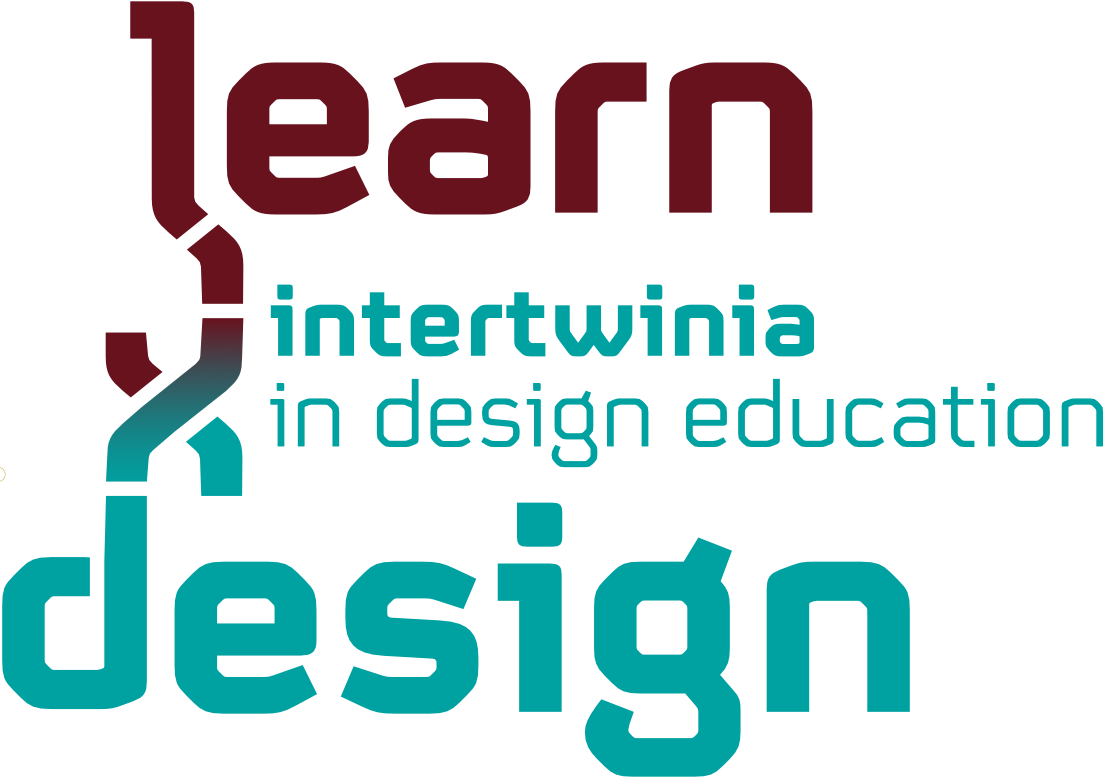theme
Intertwinia in Design Education
In today’s increasingly interconnected world, the field of design education finds itself at a pivotal juncture, demanding unified and collaborative approaches to tackle emerging challenges and opportunities. The 2025 edition of LearnXDesign conference underscores the significance of integrating diverse perspectives, disciplines, communities and cultures. This conference intends to serve as a hub for nurturing meaningful interactions, stretching traditional boundaries and encouraging the intersection of expertise. By intertwining these threads, our goal is to catalyse unforeseen and transformative outcomes for design education, leading to the creation of a new Intertwinia.
LearnXDesign 2025 aims to gather a variety of attendees from various backgrounds and locations, inspiring them to embrace their roles as agents of change by intersecting their lines of inquiry and discovering new insights. In addition to presentations of submitted works, the conference program includes panel discussions, workshops, and collaborative projects designed to foster the intertwining of delegates’ collective knowledge and experiences.
Whether you are an academic, practitioner, student, or simply interested in design education, your unique perspective is invaluable in this intricate landscape. Join us at LearnXDesign 2025, where each connection forged, and idea shared brings us closer to a future where design education is increasingly informed, dynamic and impactful. The conference’s four tracks aim to explore a variety of questions, including but not limited to:
1. creators and connectors
Who are the creators of design education Intertwinia and how do they intertwine? Who acts as connectors and how do they help link different threads? Who are the catalysts that spark innovative ideas resulting from these intertwined efforts?
What role do alumni, students, faculty members, practitioners, industry leaders, society, politics and other stakeholders play as creators, connectors and catalysts in design education Intertwinia?
How do attractive and repulsive forces influence interactions between mentors and learners, professionals and beginners, and privileged and underprivileged groups in design education? What unseen connections bind these individuals involved in design education?
How do design educators navigate the intersection of diverse disciplines and perspectives to inspire creativity, critical thinking, and problem-solving skills among students? How do they promote an inclusive learning environment that encourages participation, respects diverse viewpoints, and facilitates the intertwining of ideas in design classes and studios?
2. principles and methods
What are the non-negotiable principles that underpin design education Intertwinia? How do these principles exert their influence on design education? How do they intersect with both design practice and research?
How can design education programmes incorporate sustainability, social responsibility, and other societal imperatives into the design process?
Which methods and/or practices are most effective in intertwining disciplines, cultures, and communities within design education? How can design programmes strategically promote collaboration across different fields and facilitate the cross-pollination of ideas?
How can design education encourage a culture of experimentation and risk-taking to explore new approaches for addressing trans- and post-disciplinary challenges through design intervention?
3. tensions and challenges
What challenges and strains define the landscape of design education Intertwinia, requiring both skill and patience to untangle?
What tensions might arise between diverse stakeholders, such as those from other academic fields, practitioners, industry, government, and civil society? How can we transcend these tensions? What ethical issues are emerging in the interconnected context of design education, and how can educators effectively address them in the classroom?
What changes are needed in the narrative and language of design education to encourage meaningful dialogue, mutual understanding, and interdisciplinary collaboration in tackling complex challenges and promoting positive change across various sectors and communities?
What essential elements are currently lacking in design education Intertwinia, and how can we identify and integrate them effectively?
4. future and uncharted connections
How are the present and the future of design education intertwined?
What might an idealised vision of design education look like in Intertwinia, even as a fictional concept?
What connections are waiting to be explored amidst the rich diversity within design and its relationship with other fields? How can these connections foster cultural diversity and unite people through design? What opportunities does the future hold in a world where rapidly evolving technology, especially AI, presents both challenges as opportunities?
What career paths and prospects might design graduates anticipate (or not) await them, and how can design education empower students to effectively navigate whatever these may be?
This work was supported by FCT – Fundação para a Ciência e Tecnologia, I.P. by project reference UIDB/04057/2020 and DOI identifier <https://doi.org/10.54499/UIDB/04057/2020>.








